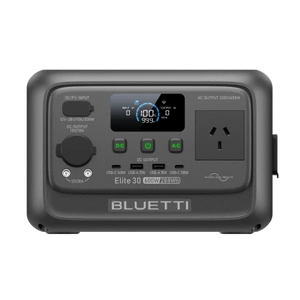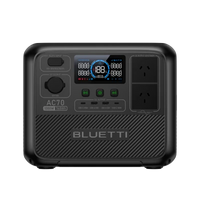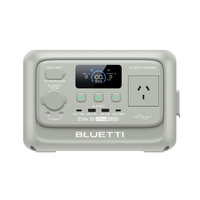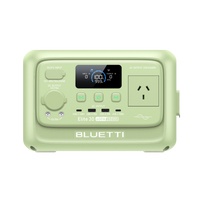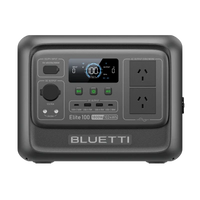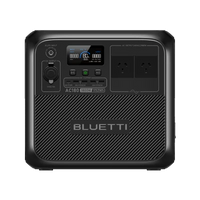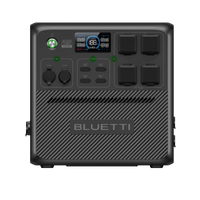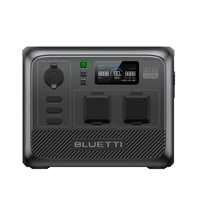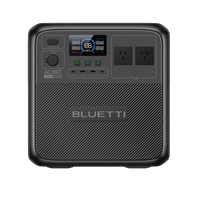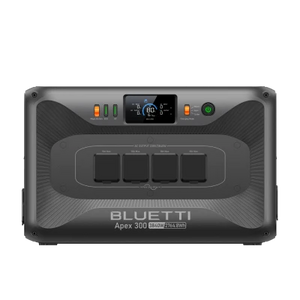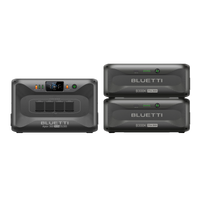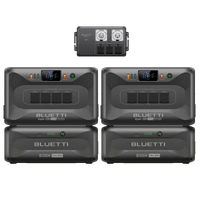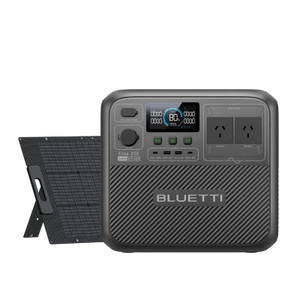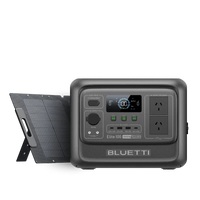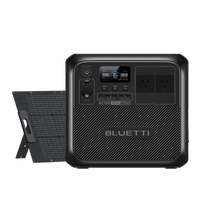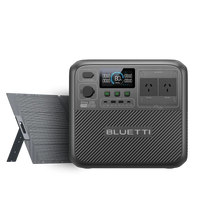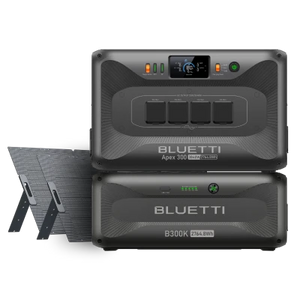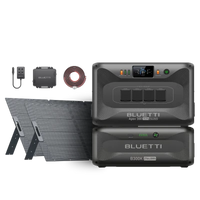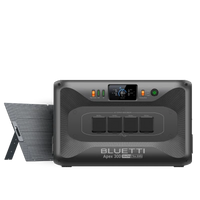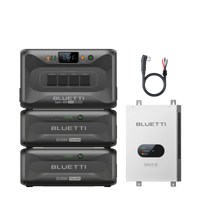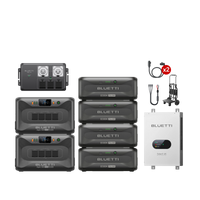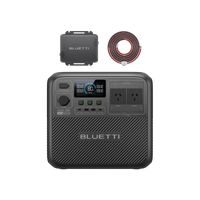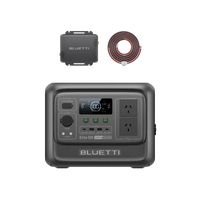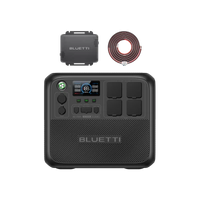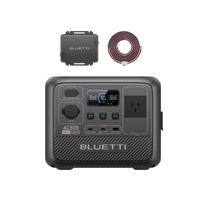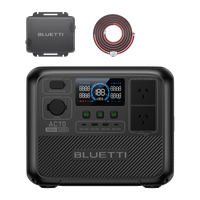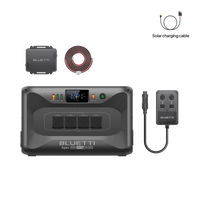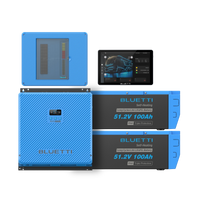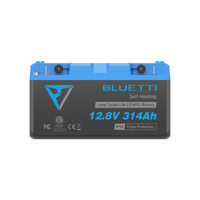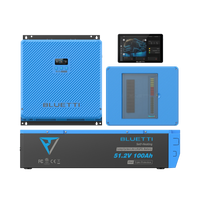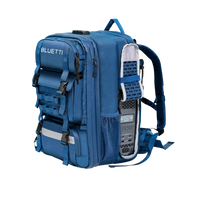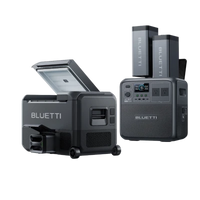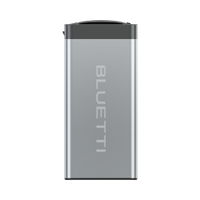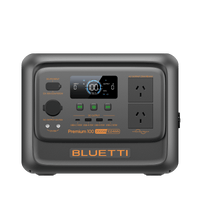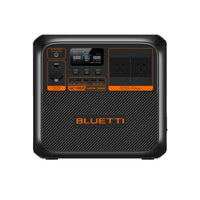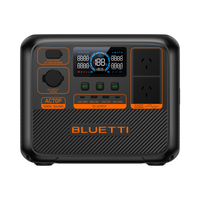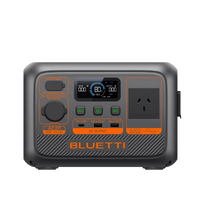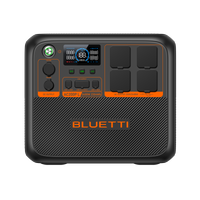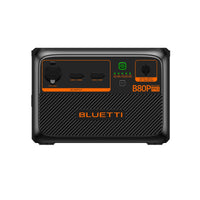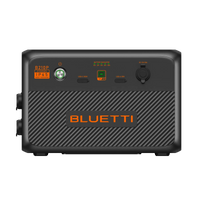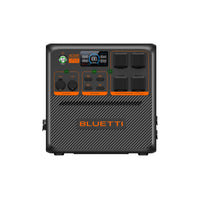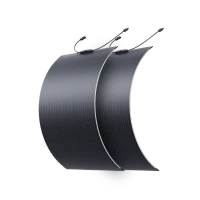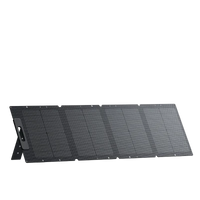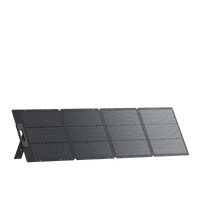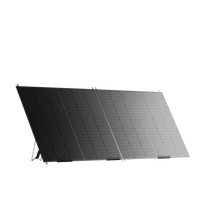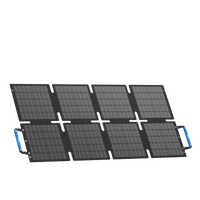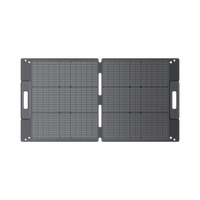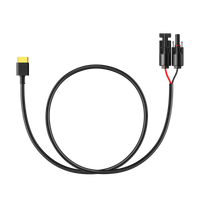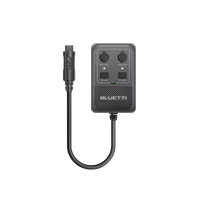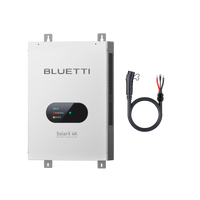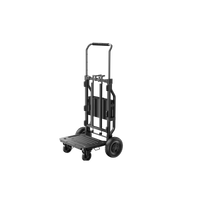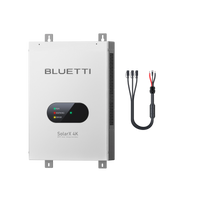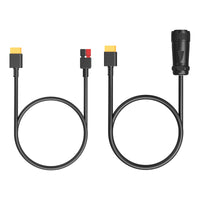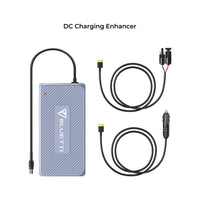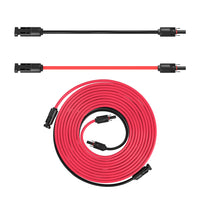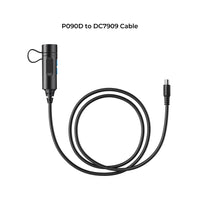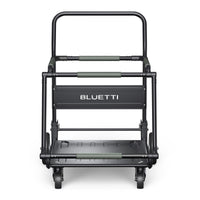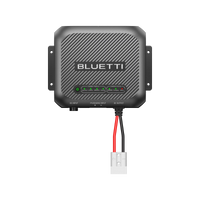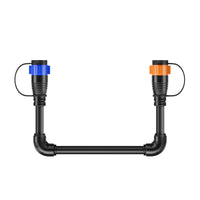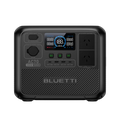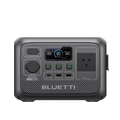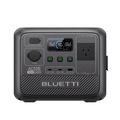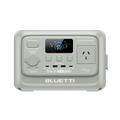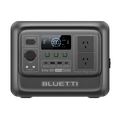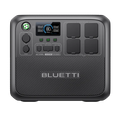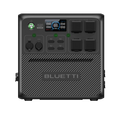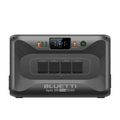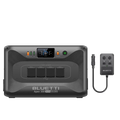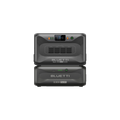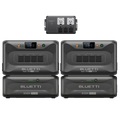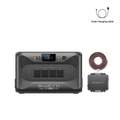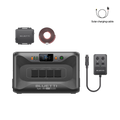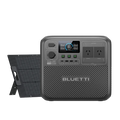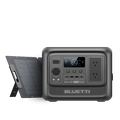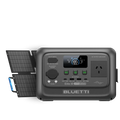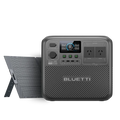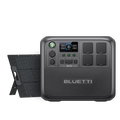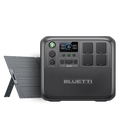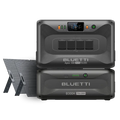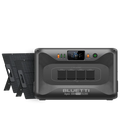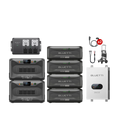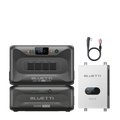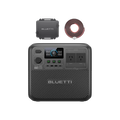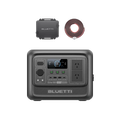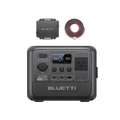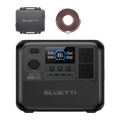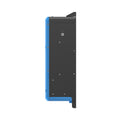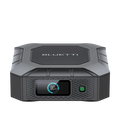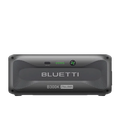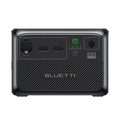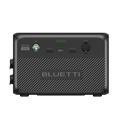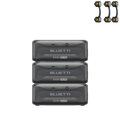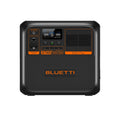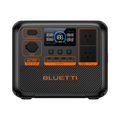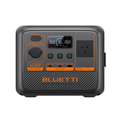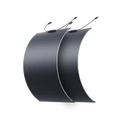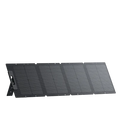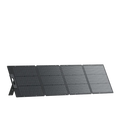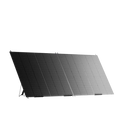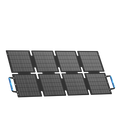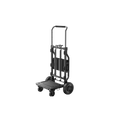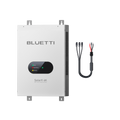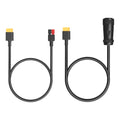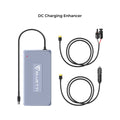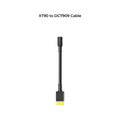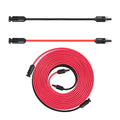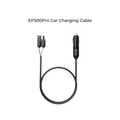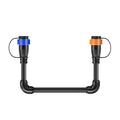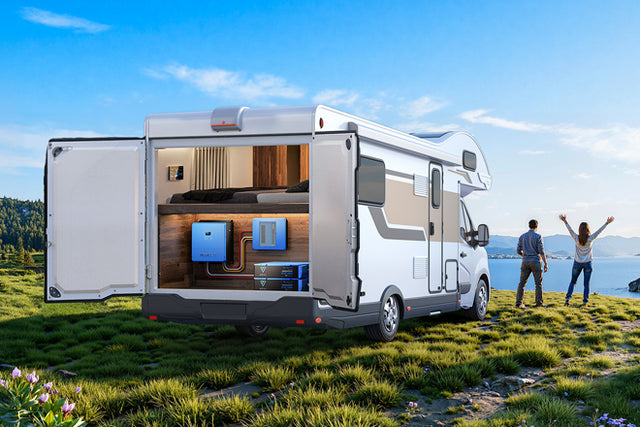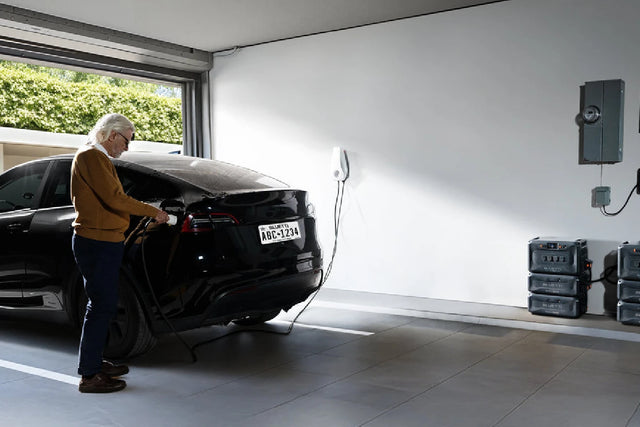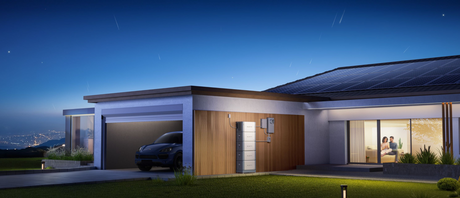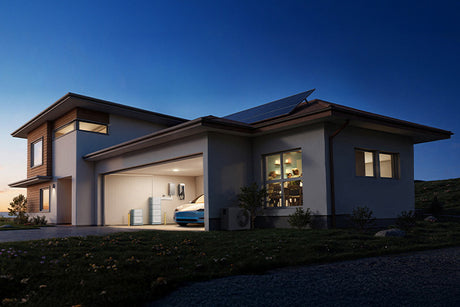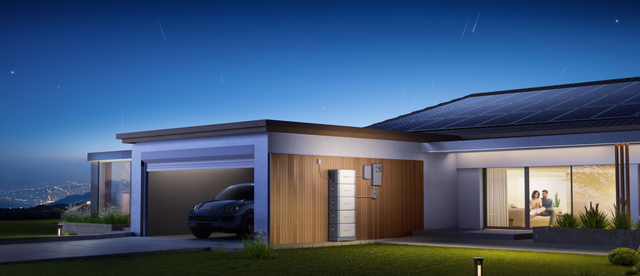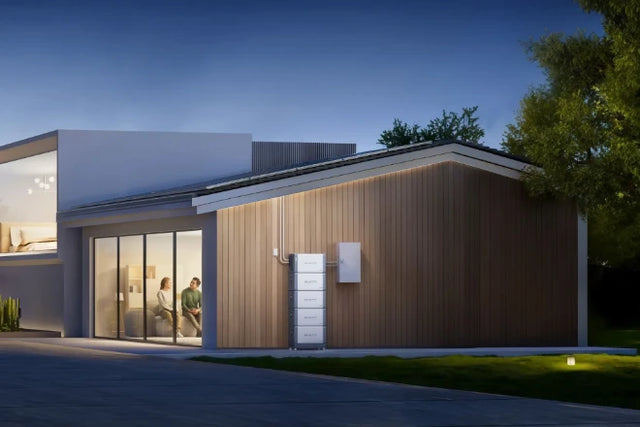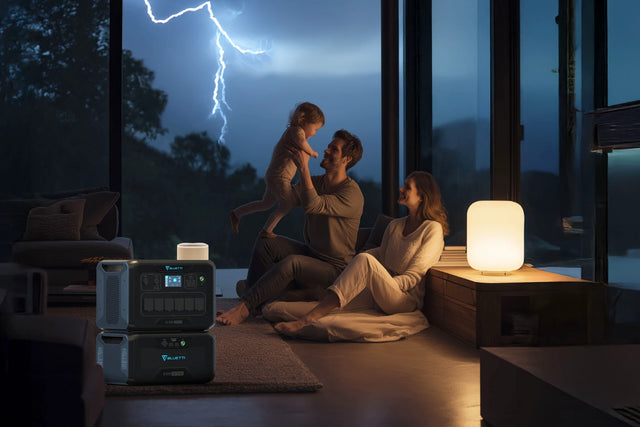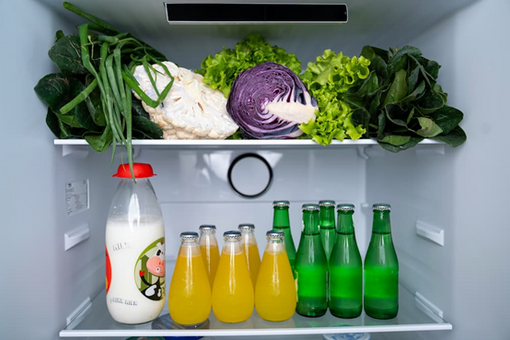Electricity bills continue to increase every month. Getting the appropriate size of fridge saves your money now. Australian families end up wasting power by having over-sized refrigerators every day. The ideal fridge size is the one that fits perfectly your household requirements. Knowledge of fridge dimensions will save you expensive mistakes. Generally, families having 3-4 members will require between 350 and 500 litres of storage space.
How to Choose the Right Fridge Size
The beginning of the process of picking the right fridge capacity involves family knowledge. You must think about tomorrow as well. In the future, your family may expand. Long-term planning is crucial and saves time in the long run.
Assess Your Household Size and Lifestyle
The size of your family has an impact on your storage needs. Large families require larger food storage areas. Small families will continue to use oversized models, which waste energy every day. Singles and couples can cope with lower capacities. Families that have kids require additional space.
Consider your general shopping habits with groceries. Do you purchase fresh fruits and vegetables on a daily or weekly basis? Big bulk buying requires bigger fridge dimensions as compared to small. Host entertainers usually require additional space as well.
Cooking Habits vs Takeaway
The way you live determines the requirements of your refrigerator. Do you prepare fresh food on a daily basis? Or are you fond of frozen food and takeaway? These options are important in the selection of fridge capacity.
The household cooks have to have additional storage facilities for fresh food. They purchase vegetables, meats and dairy on a regular basis. Containers for prepared foods have to be available to meal preppers. Individuals who order takeaway do not always require a great deal of space. They do not stock so many raw materials on a daily basis. They however still require a basic refrigerator space.
Future Proofing for Growing Families
The average duration of fridges is 10 to 15 years. That's a long-term investment in a single appliance. However, planning ahead will save you from regrets in the future.
The following are some of the important questions that should be considered in future planning:
- Do you expect a bigger family in the next years?
- Are you going to invite visitors frequently?
- Would you alter your cooking behaviors?
- Would you require additional storage in the future?
It would be reasonable to most people to purchase a little larger one. It is difficult to upgrade in the future. The cost of unused space is less than the cost of purchasing new in the future.
Recommended Fridge Capacity by Household Size:
| Household Size | Recommended Capacity | Price Range (AUD) |
| 1-2 people | 250-380 litres | $429-$2,399 |
| 3-4 people | 350-530 litres | $699-$4,799 |
| 5+ people | 440+ litres | $1,079-$5,500+ |
Fridge Types and Standard Dimensions
Various types of fridges fit in the various kitchens of Australians. In this case, each style has its own advantages and disadvantages. Knowing them will aid you in making better decisions.
Top Mount Fridges
Top mount fridges have the freezer overhead. They are the most widespread nowadays in Australia. These models are very efficient in smaller kitchens. These refrigerators are cheaper to purchase and operate. They are able to fit in small spaces compared to bigger ones. Nevertheless, you need to stoop when picking fridge items.
Bottom Mount Fridges
The bottom mount fridges are an inversion of the conventional design. The freezer is now located at the bottom. This places fresh food in eye level on a daily basis. You will reach your fridge without having to bend over too much. It makes life much easier to use on a daily basis. The fresh food is always visible and accessible.
Side by Side Fridges
Side by side fridges are always equipped with two vertical doors. In this case, the freezer part is occupied entirely on one side. Fridge space is available on the other side. These models provide you with great storage volume in general. The two sections remain always convenient throughout the day. Most of them have ice and water coolers installed.
French Door Fridges
French door fridges have both style and intelligent design. There are two doors that open at the top where food is taken in and out. On a bottom drawer, all frozen items are safely stored. Large trays and platters are easily accommodated in wide shelves. The design prevents the loss of cold air when it is opened. Fresh food is maintained at comfortable eye levels on a daily basis.
Pigeon Pair Fridges
Pigeon pair fridges provide you with separate, but matching units. There is only a single unit that is used as the main fridge. The other provides you with freezer alone. This structure provides optimum flexibility in terms of location choices. It is easy to place units in other rooms. Overall, storage space is enough in the case of large families.
Fridge Types Comparison:
| Fridge Type | Width (cm) | Height (cm) | Depth (cm) | Capacity | Pros | Cons |
| Top Mount | 54-80 | 130-180 | 59-75 | 200-500L | Cheap, compact | Bend for items |
| Bottom Mount | 54-80 | 130-180 | 59-75 | 200-500L | Easy access | Costs more |
| Side by Side | 76-91 | 170-178 | 85-94 | 550-800L | Big capacity | Narrow shelves |
| French Door | 92-96 | 170-180 | 90-96 | 500-800L | Wide shelves | Needs space |
| Pigeon Pair | 110-124 | 167-178 | 70-86 | 250-790L | Very flexible | More wall space |
Measuring Your Kitchen Space Correctly
Mistakes that happen subsequently are costly and are avoided by accurate measurements. You have to be careful about what you buy now. Sizing the wrong way brings a lot of headaches on delivery day.

Width, Depth and Height Considerations
Begin by determining the size of your kitchen space. There should be the use of a good tape measure. Record all the measurements immediately in clear writing.
Below are the steps that are to be used in measuring:
- Measure the width of the opening side by side.
- Measure height available on floor to ceiling.
- Depth front to back wall depth measure.
- Test whether there are any strange shapes or unnatural spaces.
Never forget about fridge door clearance required. Doors should swing in an open manner without bumping into an adjacent wall. The cabinet handles prevent the proper door operation as well.
Allowing for Ventilation Space
Fridges need breathing room or a free space to perform effectively at all times. Back and side panels are the areas where heat escapes on a daily basis. Obstructed air circulation leads to increased electricity costs & breakdowns.
Ensure you leave these minimum clearances around the fridge:
- Sides: Minimum space required is 5 to 7 cm.
- Back: Requirement - 5 to 10 cm clearance space is required.
- Top: 10 to 15 cm gap always required
- Front: Enough clearance for 100% swing door opening.
Lack of airflow is increasing the strain on your fridge every day. This reduces its life span in a short period. And then there is an increase in your monthly energy charges.
Door Swing Clearance and Kitchen Layout Flow
Direction of the door influences your daily life in the kitchen. There are right and left hand choices nowadays. A few of the models have reversible door hinges as well.
The door is supposed to open in the direction of the working area. This eases the process of loading and unloading continuously. The positioning of the walls also influences the direction the doors open. Kitchen islands may prevent the opening of doors badly. Measure the required door swing arc. Ensure that you have space needed for use on a day-to-day basis.
Delivery and Installation Space
The new fridge should be able to pass doorways. You should measure your entry path first before purchasing anything. Sadly, this is one of the steps that is ignored by many.
Verify the following key measurements of delivery:
- Front door width and height taken precisely.
- Narrowest width of hallway inspected.
- Clearance of stairwells in case stairs are involved in full.
- Apartment building elevator size.
Remove doors temporarily to add additional space of clearance. Both doors of houses and fridges are easily removed. This trick assists in tight squeezes, ensuring they're worked out excellently.
Energy Efficiency and Running Costs
Energy efficiency strikes your electric bills every month. Fridges are operational 24 hours a day, 7days a week. Small savings, cumulate into large savings very quickly.
Why Bigger Fridges Cost More to Run
The bigger fridges consume more electricity at all times naturally. Power consumption is also clearly influenced by size on a day-to-day basis. The decision on the correct size will save money forever.
A 500 litre refrigerator consumes more energy in a day. The disparity amounts to an extra $50 annually. More than 10 years means a complete waste of $500. Massive refrigerators use power to cool air that is not being used. You pay to carry capacity which is no longer used.
Energy Star Ratings in Australia Explained
All fridges in Australia are rated according to energy stars. The more energy star ratings, the higher the efficiency and monthly saving. The rating examines size and functionality.
The following are the meanings of the levels of ratings:
- 1-2 stars: Inefficiency with huge annual running expenses.
- 3-4 stars: Average-based performance, medium monthly expenses.
- 5-6 stars: Superb efficiency, cheapest in the long run.
Star ratings do not tell everything significant, however. Check the kilowatt hours per year indicated as well. This figure illustrates the real consumption of energy that is supposed to be used per annum.
Annual Cost Difference Examples
Real costs assist in saving money. Now, we will compare the actual running cost of the different sizes. These figures reflect the actual financial cost per annum.
Energy Cost Comparison:
| Fridge Size | Annual kWh | Annual Cost (AUD) | 10 Year Total |
| 300L fridge | 350-450 kWh | $100-$150 | $1,000-$1,500 |
| 400L fridge | 450-550 kWh | $130-$180 | $1,300-$1,800 |
| 500L fridge | 550-700 kWh | $160-$220 | $1,600-$2,200 |
*According to average electricity rates of $ 0.30 per kWh.
Climate and Location in Australia
There is no single location here the Australian climate does not influence the fridge performance. However, the influence is different for each. Fridges are tested on a daily basis in hot Queensland summers. Your place dictates the electricity bills sent every month as well.

Hot and Humid Climates
Queensland and Northern Territory experience severe heat on a regular basis. Fridges are even more strained in such situations every day. The compressor will be on more frequently throughout the day.
Excessive temperatures compel continuous cooling oscillations. Condensation problems are also worsened with time because of humidity. Your refrigerator consumes 20 to 30 percent more. At all times, keep your fridge in a cool position, away from any source of heat. Never put it close to ovens and dishwashers. Workload is also created by direct sunlight through windows daily.
Cooler States Have Advantages
Much milder temperatures are experienced in Tasmania and southern Victoria throughout the year. In these areas, there is a natural, minimal stress-related operation of fridges. You are always running costs of energy at a lower level.
The refrigeration is made easier in cooler temperatures. Mild weather would reduce the rate of compressor cycles. This translates to reduced power consumption and electricity payment.
Insulation and Placement Effects
Kitchen layout or structure influences the performance or how hard fridges go on a daily basis. Intelligent positioning is energy and cost-saving in the long run. These are the tips to follow to get the best results.
Locate your fridge in the coolest place. Do not have direct sunlight from the windows. Avoid putting near ovens and stovetops, as well. Ensure that there is a circulation of air everywhere. Do not squeeze into tight corners with zero clearance space.
Internal Layout and Features to Consider
The smart fridge organisation is crucial for day-to-day life. Various layouts are appropriate for the current household requirements. Such additions are convenient and additionally cost more.
Adjustable Shelving and Flexible Compartments
Interior space can be customised easily with flexible shelving. Tall bottles and big platters can be fitted. This flexibility is useful in addressing various demands every day.
Find the following handy shelving features:
- Shelves made of tempered glass are easy to clean and attractive to look at.
- Messes and leakages will be well contained in spill proof edges.
- Adjustable height positions accommodate items in the store.
- Deep cleaning can be achieved by the use of removable shelves.
Freezer to Fridge Ratio Matters
The freezer compartment size is important to several families. Other ones require additional frozen storage capacity compared to others. Ways of cooking determine the optimal proportions required each day.
Keep these tips of freezer space in mind:
- Heavy freezer users: Requirement of 40 percent freezer space.
- Balanced users: 30 percent freezer capacity is preferred in this case.
- Fresh food fans: Only have to use 20 percent freezer.
- Meal preppers: Have to have more freezer space.
Fresh Food Drawers and Humidity Control
Humidity control-related fresh food drawers prolong the produce. Appropriate settings are applicable in preserving vegetables. This reduces food wastage and increases the money saved at the end of the month.
Leafy greens and vegetables are suited to high humidity. Low humidity is better for indoor-stored fruits. Different drawers allows you to manage each zone individually.
Wine Racks and Lifestyle Extras
Contemporary refrigerators have a lot of handy features that could be used nowadays. Others bring something valuable to every day. There are those that simply add more price but do not add to the real benefit.
Here are some of the other popular features to check out:
- Bottles are safely stored in wine racks in appropriate angle.
- Door alarms warn of being left open accidentally.
- Display of temperatures indicate current setting.
- Interior spaces are illuminated with LED lighting.
Smart Fridges and Modern Features
Smart fridge technology is linked to your network at home. These are enhanced functions that provide convenience and remote control. Are they worth the additional expense paid?
Wi-Fi Connected Fridges
Wi-Fi enabled fridges allow you to manage them from a distance. You are able to control temperatures via your phone. There are also models that issue alerts on door openings.
The following are some of the smart features that are being offered today:
- Temperature monitoring for tracking parts remotely.
- Energy tracking displays application patterns as time passes.
- Maintenance warnings indicate when the filters need to be changed.
- Grocery tracking monitors the food expiration dates.
Temperature Zoning and Energy Monitoring
Cameras are now fitted in some of the premium models. You can browse products whilst shopping. This prevents the purchase of duplicates.
Voice control functions excellently with smart assistants. You are able to set settings by pronouncing commands. This hands free control fits the busy cooks every day.
Are They Worth the Cost in Australia?
Smart technology will increase the initial cost of the fridges. You'll pay $500 to $2,000 more at start. It is a hefty price to convenience enjoyed every day.
Consider your on the ground utilization and then pay a premium. Here, advanced features are not used on a regular basis by most people. Simple temperature regulation works well with most households.
Price Ranges in Australia
Fridge prices differ greatly in various categories. Available options are now mostly determined by your budget. Thus, knowledge of price levels will make it easier to make smart choices.
Entry Level Fridges Under $800
The budget fridges here have fundamental features that are reliable on a day to day basis. They do not have high quality but perform sufficiently. These suit students and small-sized households.
These models offer a great value for money. They are effective and can be repaired with less hassle in the future. Spare parts are cheaper than premium ones as well.
Mid Range Fridges $1,000 to $2,500
Mid range fridges cost nicely with balanced features. They fit the majority of Australian families. Besides, this category has been the most advantageous in terms of overall value.
The refrigerators have common features desired the most. They beat budget models on the quality of the building. Also, energy efficiency saves cash even in the years to come.
Premium Fridges Over $3,000
Premium fridges are provided with the highest features and performance. They incorporate the most recent technology and design. These are suitable for large families and lavish homes.
The quality of the building and materials is far superior to the less expensive ones. These refrigerators survive to a life of 15 years or more easily. The highly equipped features are providing you with utmost convenience in your day to day lives.
Which Category Suits Your Household:
- Single and couples: Entry level is good.
- Small families: Mid range is the best.
- Big families: Mid to premium is right.
- Entertainers: Premium functions bring real convenience.
Practical Buying Tips
It is important to time your purchases nowadays. These are the tips that can guarantee you the best value ever.
Seasonal Discounts and EOFY Sales
Big discounts are provided on a regular basis with seasonal sales during the year. Stocks are always cleared at a certain time by retailers. Knowing when helps you to save hundreds of dollars.
The appropriate times to buy are:
- Big sales occur at the end of financial year (June).
- Deep discounts are available during the black Friday (November).
- Clearance pricing is low on Boxing Day (December).
- Old stock clearance is done at the end of season (March, September).
Warranty Length and After Sales Service
Warranty coverage is crucial in protecting your investment at all times. Australian Consumer Law provides very fundamental protections already. A long warranty is an additional expense that provides peace of mind.
Normal warranty is normally 1 to 2 years. Long warranty offers plans of up to 5 years. Always examine what is in it first before purchasing anything.
How Long Should a Fridge Last
Fridges have an average lifespan of between 10 and 15 years. It is easy to have quality models lasting 20 years. When well taken care of, it prolongs life tremendously.
Entry level fridges can last 8 to 12 years. The mid range models are normally 12 to 15 years. High quality fridges last 15 years easily.
Power Your Fridge with BLUETTI Apex 300
The Apex 300 by BLUETTI is a multipurpose power station. It is capable of dealing with large appliances.
Besides, it provides 3,840W of continuous power. This is capable of coping with big fridges. With a capacity of 2,764.8Wh, fridges can operate for hours. It reaches 80 percent within 55 minutes of fast charging. For solar, it has a maximum input of up to 4,000W.

Additionally, the capacity can be easily increased to 58kWh. Also, the LiFePO4 battery has a minimum of 6000 cycles in this case. That is 17 years of dependable power. The cells also cope with the Australian heat very well.
Conclusion
There are three factors in determining the correct fridge size. First, suit litres to your family size. Second, make sure you think about your kitchen space. Third, make sure that you balance your budget and efficiency requirements.
The majority of Australian families require 350 to 500 litres. Always measure the space in your kitchen, and then make a purchase.
Also, allow good ventilation all round. Compare well on Energy Star rating on similar models. Estimate the 10-year running costs. Finally, select features which you would normally use on a daily basis.
Frequently Asked Questions
- What size fridge will two people need?
The average amount required by a couple is 250-380 litres. This provides ample room to put groceries on a weekly basis. Select a bigger one in case you have guests frequently.
- What is the distance I need to space around my fridge?
Leave 5 to 7 cm on sides. Allow 10 to 15 cm clearance on top. This ventilation prevents excessive heating and excessive bills.
- Are large fridges more electric consuming?
Yes, bigger fridges will consume more power at all times. A 500L fridge uses 30 percent more. Select the most suitable size which serves the need.
- Which type of fridge is the most energy saving?
Fridges that are bottom mounted can be most efficient. In this case, however, type is less important than star ratings. Compare the kilowatt hours per year between models.
- Should I buy a smart fridge?
Smart features add $500 to $2,000 extra. In this case, most people hardly ever use advanced features. Simple designs are good enough in most households at present.
- What is the lifespan of fridges in Australia?
Fridges with good quality have a lifespan of 10 to 15 years. 20 years for premium models are easily achievable. Additionally, better care increases lifespan.
